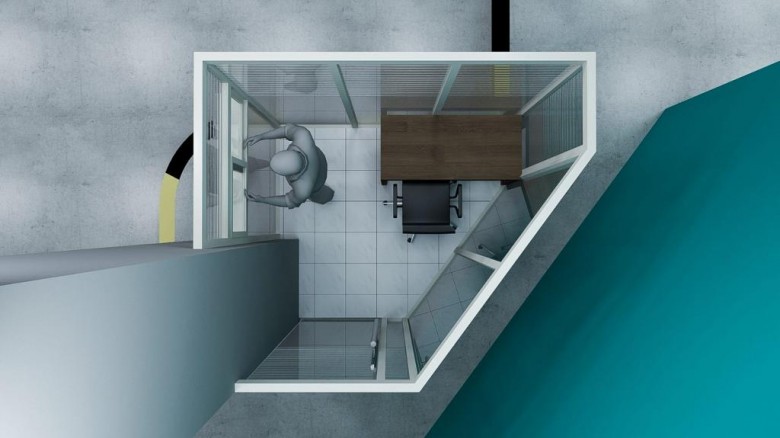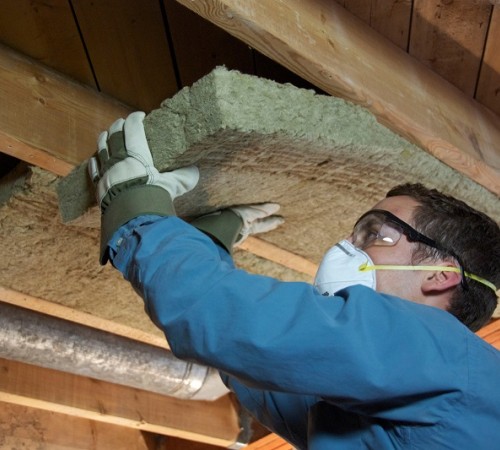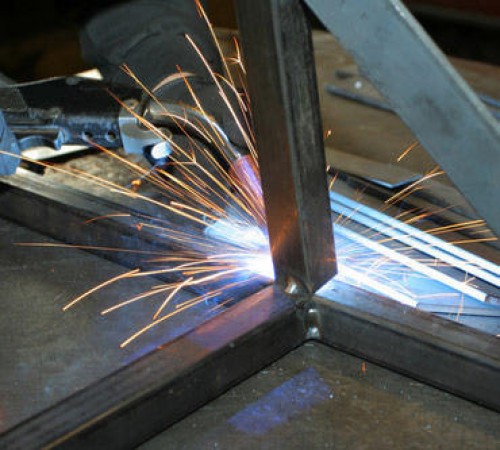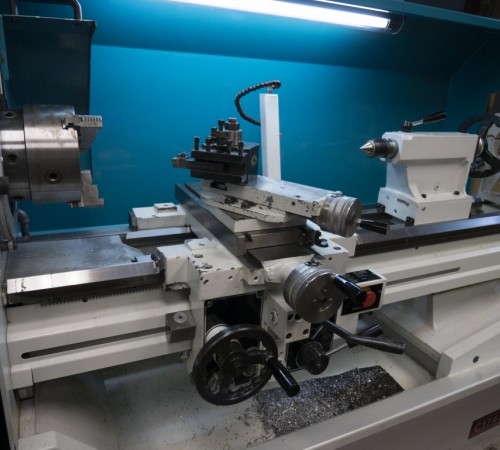Interior decoration
- Consultation: Interior decoration services usually begin with an initial consultation. This involves meeting with the client to understand their requirements, preferences, budget, and timeline. During the consultation, the decorator gathers information about the client's desired style, color schemes, functionality needs, and any specific ideas they have in mind.
- Design Concept Development: Based on the information gathered during the consultation, the interior decorator creates a design concept. This includes developing a cohesive vision for the space, considering elements such as furniture, lighting, accessories, color palettes, and textures. The design concept aims to reflect the client's personality and meet their functional and aesthetic goals.
- Space Planning: Space planning involves creating a layout for the interior space. The decorator analyzes the room's dimensions, traffic flow, and architectural features to optimize the functionality and flow of the space. They determine the placement of furniture, fixtures, and other elements to maximize the available area and ensure a harmonious arrangement.
- Material Selection: Interior decorators help clients select appropriate materials, finishes, and textures for various surfaces within the space. This may include flooring, wall coverings, paint colors, fabrics, window treatments, and other decorative elements. They consider factors such as durability, aesthetics, maintenance requirements, and the client's budget.
- Furniture and Accessories: Interior decorators assist clients in selecting furniture pieces, such as sofas, tables, chairs, and storage units, that align with the overall design concept and fit the available space. They may also recommend or source accessories, such as artwork, rugs, lighting fixtures, curtains, and decorative objects, to enhance the style and ambiance of the room.
- Lighting Design: Proper lighting is crucial in interior decoration. Decorators help clients determine the appropriate lighting fixtures and placements to create a desired atmosphere and accentuate key design elements. They consider both natural and artificial lighting sources to ensure functionality and visual appeal.
- Project Management: Interior decoration services often involve project management tasks. Decorators coordinate with contractors, architects, and other professionals involved in the project. They oversee the implementation of the design plan, manage timelines, budgeting, and procurement of materials, and ensure that the project is executed smoothly and efficiently.
- Installation and Styling: Once all the elements are ready, interior decorators oversee the installation of furniture, fixtures, and accessories in the space. They arrange and style the items to bring the design vision to life. This final stage involves meticulous attention to detail to achieve the desired aesthetic and functionality.









